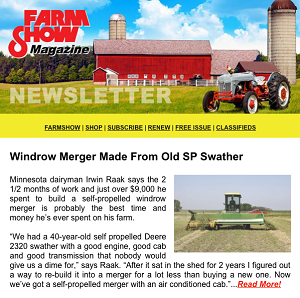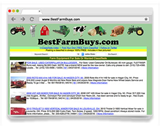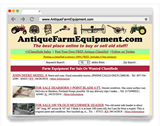You have reached your limit of 3 free stories. A story preview is shown instead.
To view more stories
(If your subscription is current,
click here to Login or Register.)
Horses For Work And Play
The American Brabant is a newer horse breed influenced by the type and temperament of the pre-WWI Belgian work horse.
“We’re creating a responsible registry to create horses that can pull a wagon, do farm work, and even have riders. It’s just a good horse,” says Jason Julian, president of the American Brabant As
..........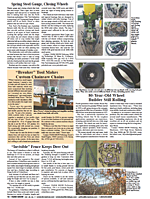
You must sign in, subscribe or renew to see the page.
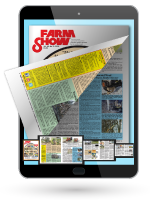
You must sign in, subscribe or renew to see the flip-book
Horses For Work And Play
The American Brabant is a newer horse breed influenced by the type and temperament of the pre-WWI Belgian work horse.
“We’re creating a responsible registry to create horses that can pull a wagon, do farm work, and even have riders. It’s just a good horse,” says Jason Julian, president of the American Brabant Association (ABA).
Although the ABA was established in 1999, the official registry only started six years ago. One of its primary goals is to eliminate confusion for buyers.
“There’s no such breed as a ‘Brabant,’” Julian says. “The American Brabant is its own breed, totally separate from the European Brabant. That’s really confusing to people. Marketing is a challenge.”
He says that American Brabants are a mix of old-style Persian, stout short Suffolk, and stocky American and Canadian Belgians. Breeders aim, in part, to restore livestock standards from a different era.
“Everyone used to farm with horses, but not everyone was a horseman,” Julian says. “People prioritized good-tempered, docile horses. What we’re doing is recreating what breeders were doing 80 to 90 years ago.”
Julian states that they won’t tolerate aggressive horses and are focused on breeding gentle, good-tempered animals.
“They have a special, calm temperament from the European Belgian stock, not the excitable energy of the show ring.”
The breed standard is 15.2 to 17 hands, and breeders select for a solid hoof and sturdy feet.
“We want as much body depth as height to the ground,” Julian says. “We don’t want long legs. It’s a short, stocky horse. That makes it an easier worker, an easier feeder.”
The result is a truly versatile animal, great for logging, wagon pulling and trail riding.
“This is a breed best suited for everyone,” Julian says. “But especially anyone who wants to be in control of their power, not reliant on fuel sourced from other countries or tractor parts that take six weeks to arrive. American Brabants offer truly green energy.”
Julian’s put this belief into practice on his own property, a 50-head Wisconsin dairy farm with Fleckvieh, a dual-purpose cow similar to a chunky Guernsey.
“We use horse multipliers like tillers, but the horses pull all the weight. I’m getting my farmwork done with a $10,000 tool, not a half-million tractor.”
Horse owners are beginning to recognize the appeal of the American Brabant, which is why Julian stresses the importance of caution.
“Don’t go to a sale and buy a ‘Brabant.’ Don’t buy them off Facebook Marketplace. Instead, join the ABA, go to events, and connect with reputable breeders. The animals won’t be more expensive than you’d find elsewhere, but their lineage is guaranteed.”
He recommends reaching out directly to the ABA.
“All our board members have their numbers on the website.”
He thinks the extra research will be worth the effort.
“These animals are 16 hands, and 1,600 lbs. You can ride one on Sunday and put it on a cultivator on Monday. Truly multi-purpose.”
Contact: FARM SHOW Followup, American Brabant Association, P.O. Box 181, Isanti, Minn. 55040 (Information@AmericanBrabant.org; https://americanbrabant.org).
To read the rest of this story, download this issue below or click
here to register with your account number.



